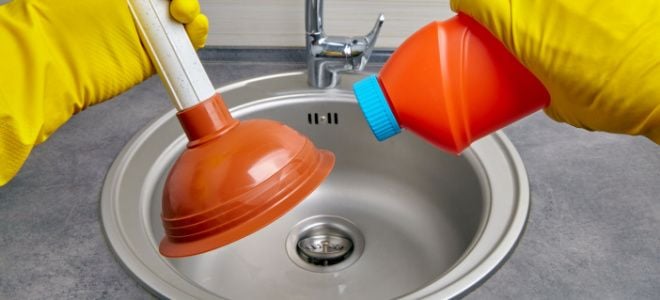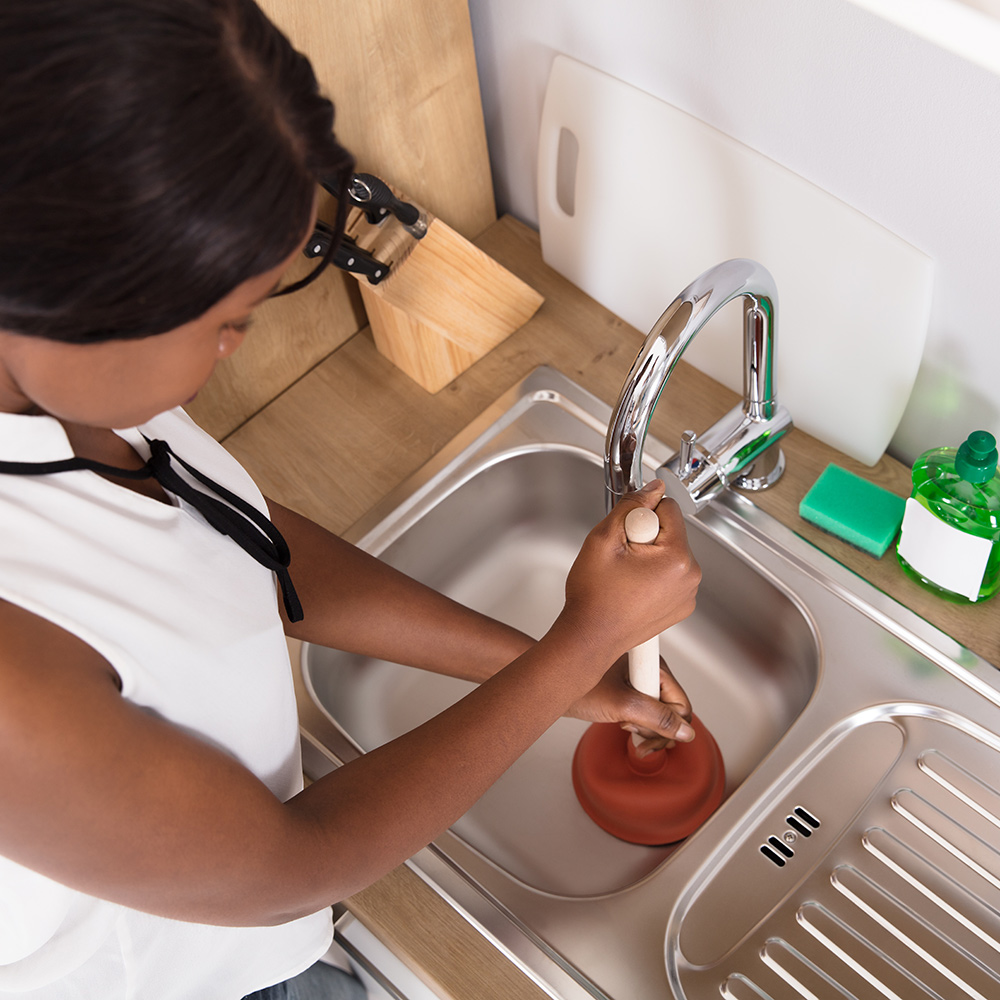Have you been looking for advise on A Guide to Plungers (and How to Use Them)?

Intro
Correct maintenance of house drains is necessary for avoiding blockages and making certain smooth water flow. One of the trick devices in every homeowner's toolkit is the plunger, together with numerous drainpipe cleansers designed to deal with persistent blockages properly. This write-up discovers just how to make use of bettors and drainpipe cleansers successfully to maintain your drains streaming freely.
Section 1: Understanding Bettors
Sorts of Plungers
There are a number of kinds of plungers readily available, each made for various kinds of drains pipes and blocks. One of the most usual types include cup bettors, flange plungers, and accordion plungers.
Exactly How Plungers Work
Bettors service the principle of developing stress and suction to remove clogs. When appropriately used over a drain, they create a vacuum that can take out debris or break up obstructions.
Selecting the Right Bettor
Picking the appropriate bettor depends on the sort of drainpipe and the nature of the obstruction. Mug bettors are perfect for sinks and bathtubs, while flange bettors are much better suited for bathrooms as a result of their layout.
Usual Mistakes with Plungers
Preventing these errors makes certain effective plunging: improper seal around the drain, inadequate force, and not clearing surrounding debris.
Area 2: Making Use Of Plungers Properly
Prep work
Prior to plunging, guarantee the plunger covers the drain entirely and develops a tight seal. Clear any type of visible particles around the drainpipe opening.
Method
Beginning with mild diving activities to construct suction. Rise stress progressively, using a stable rhythm. Repeat as essential until the drain removes.
Repairing Tips
If plunging doesn't work, try changing the seal, using petroleum jelly for a much better seal, or utilizing a various kind of bettor.
Area 3: Recognizing Drainpipe Cleaning Company
Types of Drainpipe Cleaning Company
Drain pipes cleansers can be chemical or enzymatic. Chemical cleaners utilize solid chemicals to dissolve blockages, while chemical cleaners make use of all-natural enzymes to break down organic matter.
Exactly How Drain Cleaners Work
Chemical cleansers respond with obstructions to liquify them, while chemical cleansers break down natural products like hair and oil without damaging pipelines.
Safety and security Factors to consider
Constantly use gloves and eye defense when using chemical drain cleaners. Ensure sufficient air flow and adhere to manufacturer instructions very carefully.
Eco-Friendly Alternatives
Take into consideration using vinegar and baking soda or enzyme-based cleaners for environment-friendly choices that are much safer for pipelines and the atmosphere.
Section 4: Utilizing Drain Cleansers Efficiently
Application Techniques
Pour chemical cleansers straight into the drain opening. Allow them to benefit the advised time before flushing with warm water. Chemical cleansers should sit over night.
Preventative measures
Avoid mixing different types of cleaners, as this can create harmful fumes. Never make use of chemical cleaners together with a plunger, as spilling can occur.
Managing Stubborn Clogs
For consistent clogs, consider making use of a pipes snake or calling a specialist plumber to avoid damages to pipes.
Conclusion
In conclusion, comprehending just how to make use of plungers and drain cleansers properly is crucial for preserving healthy pipes systems. By selecting the right tools and strategies, property owners can tackle small clogs and protect against major pipes issues down the line.
How to Use a Plunger to Unclog a Drain
The humble plunger is a simple yet effective tool for breaking clogs in sinks, tubs and toilets. This handy tool is easy to use. You can make the most of its power if you understand how it works. Ready to dive in? Here’s what you need to know.
Safety First!
Never use a plunger with drain chemicals. Water will splash as you work, and the chemicals can spatter, burning skin and eyes. It’s a good idea to use rubber gloves and wear safety goggles when you work on a clog.
Choose the Right Tool for the Job
Plungers come in two different styles. Sinks, bathtubs and showers require a cup plunger. Like its name suggests, the rubber end is shaped like a cup. Use a flange plunger on toilets. These plungers have a rubber funnel extending from the cup. A plunger needs to be big enough to cover the drain.
Ready, Set, Plunge!
Coat the rim: Coat the plunger rim with petroleum jelly. This helps make a better seal.
Block outlets: Hold a wet rag over nearby outlets such as the overflow vent or the drain in a second sink.
Release air: Insert the plunger at an angle into the water. Water will displace air in the cup. A water-filled cup is more forceful than one filled with air.
Keep the plunger upright: Hold the plunger perpendicular to the drain. Use fast, forceful strokes, but make the first stroke gentle. The first stroke can create a splash if the cup still contains air. Thrust the plunger 15 to 20 times.
Snap off the plunger: The final stroke should be a strong upward motion that ends when the plunger snaps off the drain.
Repeat the process: you may need to repeat this sequence several times. When the water drains away, your work is done. High-five! https://plumbernw.com/blog/how-to-use-a-plunger-to-unclog-a-drain/

Application Techniques
Pour chemical cleansers straight into the drain opening. Allow them to benefit the advised time before flushing with warm water. Chemical cleansers should sit over night.
Preventative measures
Avoid mixing different types of cleaners, as this can create harmful fumes. Never make use of chemical cleaners together with a plunger, as spilling can occur.
Managing Stubborn Clogs
For consistent clogs, consider making use of a pipes snake or calling a specialist plumber to avoid damages to pipes.
Conclusion
In conclusion, comprehending just how to make use of plungers and drain cleansers properly is crucial for preserving healthy pipes systems. By selecting the right tools and strategies, property owners can tackle small clogs and protect against major pipes issues down the line.
How to Use a Plunger to Unclog a Drain
The humble plunger is a simple yet effective tool for breaking clogs in sinks, tubs and toilets. This handy tool is easy to use. You can make the most of its power if you understand how it works. Ready to dive in? Here’s what you need to know.
Safety First!
Never use a plunger with drain chemicals. Water will splash as you work, and the chemicals can spatter, burning skin and eyes. It’s a good idea to use rubber gloves and wear safety goggles when you work on a clog.
Choose the Right Tool for the Job
Plungers come in two different styles. Sinks, bathtubs and showers require a cup plunger. Like its name suggests, the rubber end is shaped like a cup. Use a flange plunger on toilets. These plungers have a rubber funnel extending from the cup. A plunger needs to be big enough to cover the drain.
Ready, Set, Plunge!
Coat the rim: Coat the plunger rim with petroleum jelly. This helps make a better seal. Block outlets: Hold a wet rag over nearby outlets such as the overflow vent or the drain in a second sink. Release air: Insert the plunger at an angle into the water. Water will displace air in the cup. A water-filled cup is more forceful than one filled with air. Keep the plunger upright: Hold the plunger perpendicular to the drain. Use fast, forceful strokes, but make the first stroke gentle. The first stroke can create a splash if the cup still contains air. Thrust the plunger 15 to 20 times. Snap off the plunger: The final stroke should be a strong upward motion that ends when the plunger snaps off the drain. Repeat the process: you may need to repeat this sequence several times. When the water drains away, your work is done. High-five! https://plumbernw.com/blog/how-to-use-a-plunger-to-unclog-a-drain/

Do you appreciate reading up on How to Unclog Your Sink with a Plunger? Create a remark down below. We would be pleased to find out your views about this article. We hope that you come back again in the near future. Sharing is nice. Helping people is fun. I treasure reading our article about How To Use Your Toilet Plunger Correctly in 5 Easy Steps.
Instant Quote